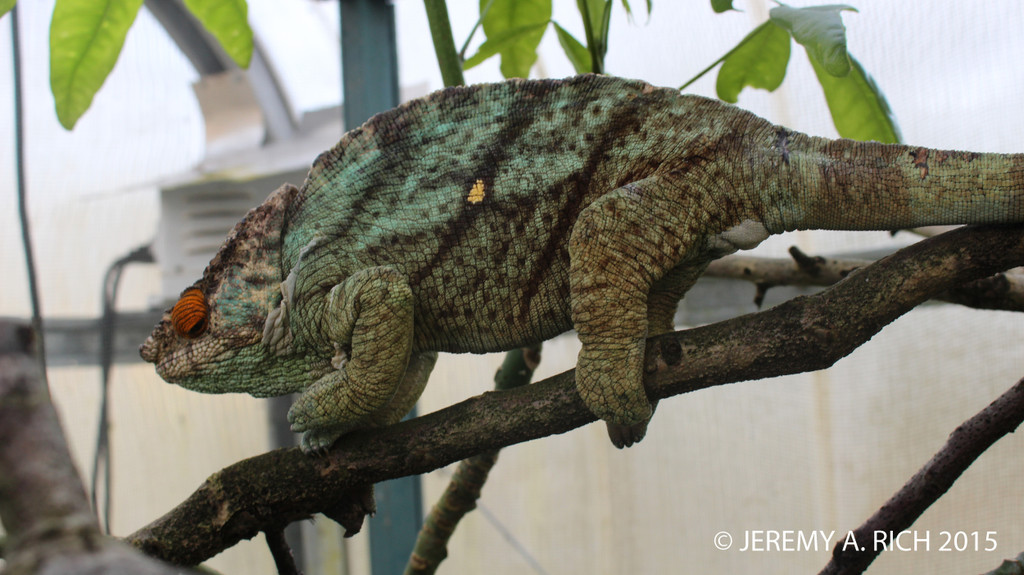Interesting to read some of the insects they eat in the wild...
https://animaldiversity.org/accounts/Calumma_parsonii/
https://animaldiversity.org/accounts/Calumma_parsonii/
Follow along with the video below to see how to install our site as a web app on your home screen.
Note: This feature may not be available in some browsers.
Good info. Would love to own oneInteresting to read some of the insects they eat in the wild...
https://animaldiversity.org/accounts/Calumma_parsonii/
What are the inaccuracies Jeremy? If you mention them then whoever else reads this will know too!

All the chameleon species I've seen have the toes like the Parson's. Do you know of any that don't?
You said..."the article was about Parsons Chameleons Calumma parsonii ssp. meaning I only addressed that species"...exactly.
You said..."there are some detais that are off. Details that anyone who has had significant amount of time with Calumma parsonii ssp. or chameleons would notice are not accurate"...it would be good to point out the inaccuracies so that not only would people familiar with the species would know the errors...but people who don't know would learn what is not accurate IMHO.
I was hoping you would point out the inaccuracies.
No problem Jeremy...it's fine the way it is.
What about this...."Plant Foods leaves, wood, bark, or stems" as part of the diet? None of mine ever nibbled on ant of these.
You said..."Your articles you post Kinyonga, if you want I could make notes and point out inaccuracies in the articles I read. I could start reviewing some of these posts"...it would likely help a lot of people including me. I read most of what I post but usually leave the links up to people to decide the value of the information for the most part. I likely should comment more myself on things included in them.
I saw that and was wondering, as well.The article mentions the average and expected life span of captive Parsons is only 1-4 years. I thought Parsons (with proper care, of course) can be expected to have a much longer lifespan.
The article mentions the average and expected life span of captive Parsons is only 1-4 years. I thought Parsons (with proper care, of course) can be expected to have a much longer lifespan.
I saw that and was wondering, as well.